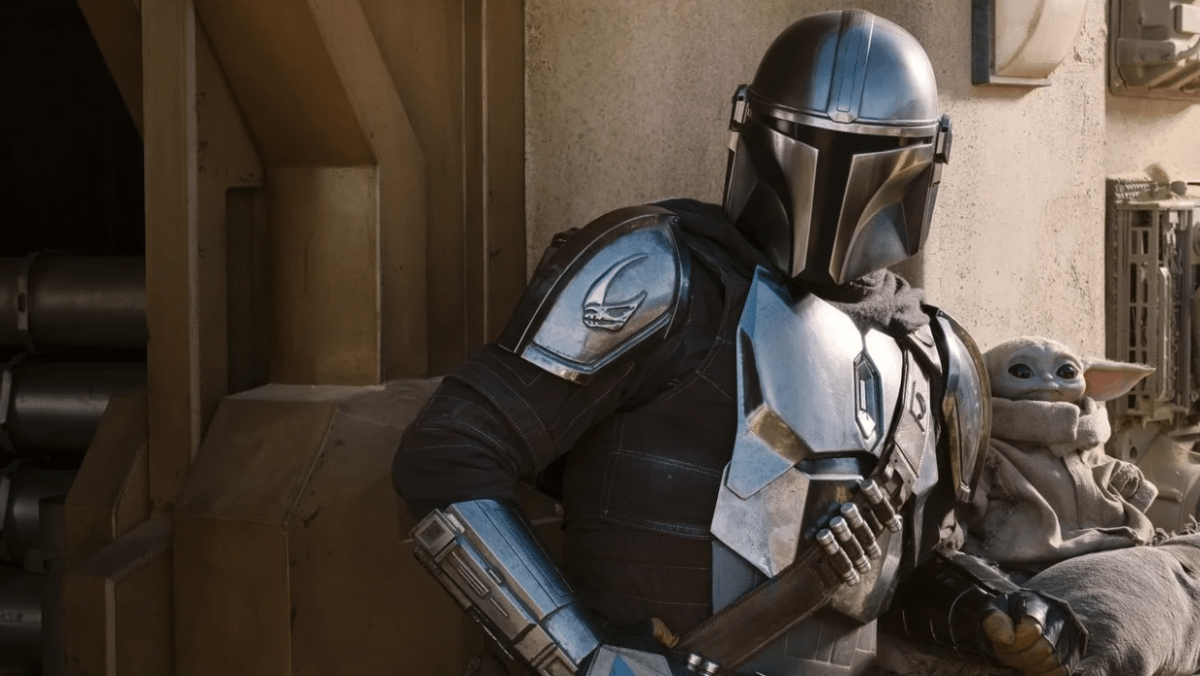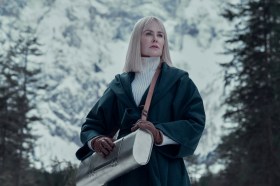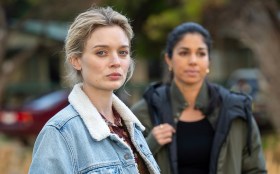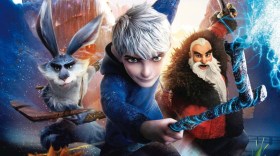Mando is back, Baby Yoda is by his side, and it’s time for more wacky hijinks in the backwaters of a galaxy far, far away. The long-awaited third season of The Mandalorian picks up where The Book of Boba Fett left off with Chapter 17: The Apostate. The titular Mandalorian warrior Din Djarin (Pedro Pascal) previously broke his tribe’s creed when he removed his helmet while rescuing his adopted son Grogu (formerly known as Baby Yoda), so he’s seeking forgiveness.
If you’ve watched previous seasons, you know what to expect: our beloved duo caught up in a low-stakes series of hijinks with a weird and wacky cast of characters. The formula may be tiresome, especially after the staggering quality of Andor.
Read: Andor, Disney+ review: believe the hype, it’s amazing
The Book of Boba Fett and Obi-Wan Kenobi both explored well-established characters with very little room for development. The Mandalorian is a classic by comparison, and has the advantage of relatively free rein with its everyman hero. The show stays true to its principles: it doesn’t take itself too seriously.
Read: Obi-Wan Kenobi review: ‘a prodigiously talented cast’
This season’s arc could lead to our hardworking bounty hunter embracing the unfortunate coincidences that seem to predestine him as the prodigal saviour of his adoptive homeland, but it’s more likely he’ll spend every week embroiled in the petty fights of minor characters – which is admittedly a lot more fun to watch. On the note of fights, stunt performers Lateef Crowder and Brendan Wayne are finally credited for their contributions to the Mandalorian’s performance.
The new season opens with much of the material we’ve seen in trailers, so there’s still plenty of surprises to anticipate. One of the biggest criticisms of Star Wars TV is the Volume, Disney’s innovative digital set comprising of LED screens that project 3D-rendered backgrounds.
Instead of a green screen or matte painting, the backdrops blend quite seamlessly. The reflections we see on our chrome-topped hero are captured as in-camera effects, complemented by excellent use of makeup and puppetry in the foreground. The disadvantages of the Volume are a tendency for locations be somewhat murky, and actors appear confined to similar-sized spaces.
The Volume calls to mind a core philosophy of the show: your older brother got all the cool Star Wars toys, so you’re left with the dorky undesirable ones to make your own fun with. The Volume is like a kid’s dream of a play-set backdrop: if you ever propped a picture book open to wiggle action figures in front of it, you understand the possibilities of the Volume.
Seeming to anticipate the critique of the digital limitations, director Rick Famuyiwa stages the opening scene on a beach, with an alien beastie that couldn’t possibly fit inside the set.
Shooting underwater is a bold move: it’s difficult to imagine how the stunts was achieved in the Volume. There’s a dazzling variety of sets that follow, too. Easily the best environment is surely a wry commentary on the confined locations of past Mandalorian seasons: a shop so small that Mando has to crouch to fit inside. The diversity of scale and the tactility of the surroundings helps Famuyiwa avoid the problem of everything looking like a video game.
As you’d hope from Lucasfilm, the creatures are marvellous: there’s a new cast of (literally) juicy villains in lavish outfits. There are droids of increasingly absurd purpose. Some monsters are new, but others we know and loathe.
There are few redeeming features except familiarity for Kowakian Monkey Lizards (Jabba the Hutt’s giggling pet) and the Nikto (most recently seen in The Book of Boba Fett). Depending on your taste, the Anzellan Babu Frik was the best or worst thing about the disastrous Rise of Skywalker. The new Anzellans are manual puppets, and still hilarious.
Tie-ins to the cartoons can be frustrating: it’s a slog to catch passing references. Still, one of the best scenes in the episode is a quiet moment with Grogu as he watches mysterious tentacled beasts swimming through hyperspace. What plays as an eerie dream to casual viewers comes loaded with narrative portents for fans of Star Wars: Rebels. The scene is effective either way, as a spooked Grogu cuddles in a sleepy Mando’s arms.
These small moments are consistent strengths: it’s the big stuff that fumbles. The plot is clunky with exposition and sudden changes of scenery. Mando’s goals are increasingly trivial as the episode goes on, but the cyclic nature of Sisyphean tasks aren’t a bad fit for an everyman hero.
At this point, you already know whether you want The Mandalorian to be another story about saving the galaxy, or if you want to see what wacky adventures the mismatched pair will encounter next.
Star Wars has the destiny stuff covered: The Mandalorian is perfectly ordinary.
Actors:
Director:
Format: Movie
Country:
Release:





